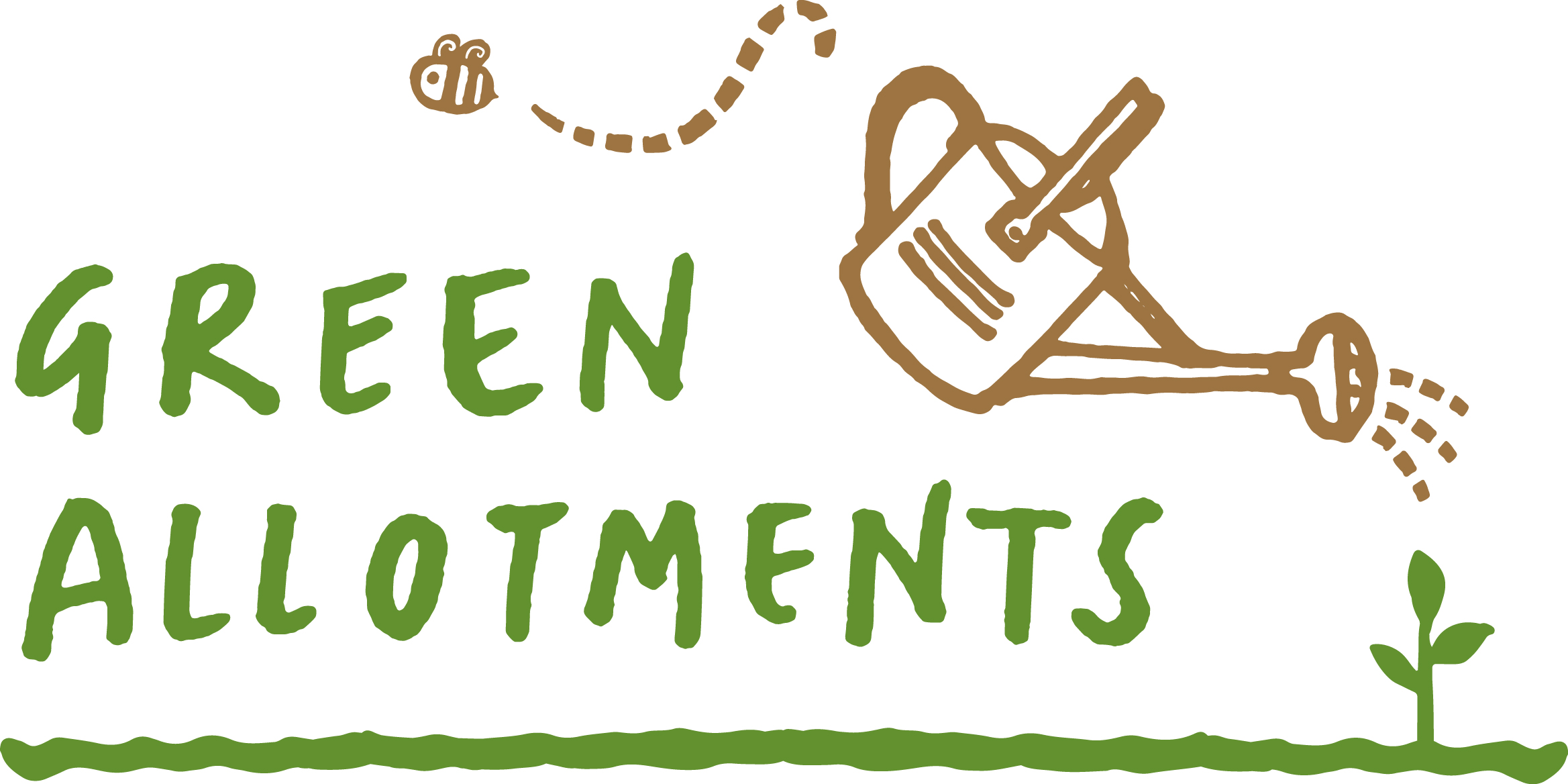it was surrounded by allotments,
(then called ‘Guinea Gardens’, rented as they were to citizens of Birmingham and its surrounding villages for one guinea).
The Guinea Gardens were used for growing produce, everything from gooseberries to asparagus, but they were also places of leisure. Flower growing was a common hobby, an art which a gentleman wrote was carried ‘to great perfection’ by the allotment-ers. I like the idea of these people spending their weekends doing something wilfully colourful, showy-offy. Growing something just for the sake of it.
The Guinea Gardens were also places of rest. They were places where the working class and the middle class could meet, and have a chat under the weekend sun while the shared project of growing green things quietened differences.
The glory days of 1820-30, when the greenbelt was essentially a wreath of allotments. When land for growing food was a priority in urban planning. As the 19th century steamed on, more and more of this ring of allotments, Birmingham’s flower crown, was repurposed for industrial, residential, road, or railway projects.
During the period of rapid urban expansion associated with industrialisation, urban agriculture was, understandably, not a priority when it came to deciding what to do with land.
240 years later we are beginning to recognise the negative consequences that came with the period of history, this rapid industrialisation and urban expansion, that pushed urban agriculture to the sidelines.
During this period, that I hope we can call ‘the Green Transition’ without being overly magnanimous, it seems to me that urban agriculture should be a priority, that local authorities should think about where works for increasing our capacity for metropolitan potatoes, across the UK.
This would look different than Birmingham in the 19th century. Allotments would need to find their place between buildings, in nooks, local parks, unused scraps of field, land left over from development. This is part of our challenge at Green Allotments — finding these places to plant the seed across the UK, these chinks in the tarmac.
Anyhow, wreath of blossoms or no, allotments still bring about the same good things Birmingham enjoyed in the 1820s. Just one example of this involves Ali Abdulla, an asylym seeker from Kurdistan.
He took a plot on one of the few remaining Guinea Garden sites under his green thumb in 2008, and received a warm welcome from the Brummie allotment holders. To this day, like in 1830, allotment holders chat under the weekend sun (or indeed, rain), their shared project, of growing green things, quietening differences.
Photograph: Mark Diancono
